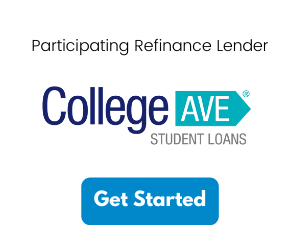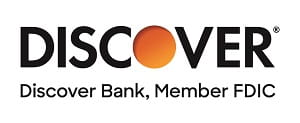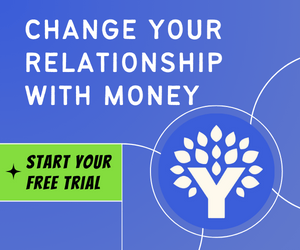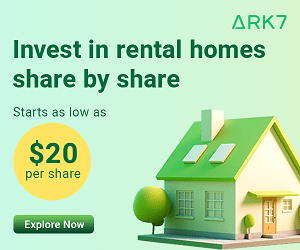After graduation, you’ll receive a diploma recognizing all your hard work. If you have student loans, you’ll also get a repayment schedule from your loan servicer. Depending on your loan type, you might need to start repayment right away, or you could have a six-month grace period after dropping below half-time enrollment or graduating.
Student Loan Repayment
Repayment of student loans generally starts once you graduate or if you enroll less than half-time. When exactly you need to start repaying your loan depends on the type of loan you have. Borrowers of federal student loans are often given a grace period, allowing some time before the first payment needs to be made. Your loan servicer will supply you with a repayment plan that outlines your monthly payment amount, when it's due, the total number of payments needed to pay off the loan, and other vital information to help you make your payments on time every month.
Grace Period by Loan Type:
A grace period is time given after leaving school and before your first student loan payment is due.
- Federal Direct Subsidized and Unsubsidized Loans get 6-months Federal PLUS Loans for parents do not have a grace period.
- Parents with PLUS loans can request a 6-month deferment for after the student benefitting from the loan drops below half-time enrollment. This will mimic a grace period, but it’s not technically a grace period.
- Federal Graduate and Professional students with PLUS Loans will get a 6-month grace period.
- Federal Consolidation Loans do not have a grace period. If a loan in its grace period is moved into a federal consolidation loan, the remaining grace period is forfeited.
- Private Student Loans can range from payment, interest-only payments while in-school, being due right away after leaving school and can be as much as 6-months. Check with your lender to know which applies to you.
Understanding your Monthly Student Loan Payment
When you receive your student loan repayment schedule you will be given the current outstanding principal balance of the loan. If you had an unsubsidized loan or a private loan, and deferred payments while in school, this amount would include accrued interest while you were attending school. This means that the number you see will be more than the amount you initially borrowed due to the added interest. This happens because your lender will likely capitalize (add) outstanding accrued interest to the original principal balance of your loan.
MORE>>>How Does Student Loan Interest Work?
Your student loan servicer will also provide you with a schedule of payments, showing how many payments are needed to pay off the loan given the current balance and interest rate of the loan. Many loan servicers will work out the payment, such that the loan (with interest) will be paid off in the standard 120 payment or 10-years. That said, repayment periods can vary. If you have a private student loan, your repayment terms will reflect the time frame agreed upon at the time you accepted the loan. If you have a federal student loan, you can choose one of the federal student loan repayment plan options. You will also have the option to change your repayment plan during your repayment term.
Paying Down your Student Loan Debt
The idea of paying on loan for the next decade can be daunting but there are ways to shorten the time needed to pay off your student loan. Some suggestions include:· Make your payments early each month. Paying down the balance, even a few days earlier each month, will save on the amount of interest accrued that month. It might not seem like much at first but over time this could make a difference and shave months off the repayment period of your loan.· Pay extra each month or make extra payments whenever possible. This will again reduce the amount of interest you pay overall and ultimately reduce the cost of the loan allowing it to be paid in full sooner than planned.
More>>>How to Pay Off Your Student Loans Fast
Managing your Student Loan Debt
Financial hardships can arise unexpectedly, leaving you uncertain about repaying your loans by the end of your grace period. Fortunately, the US Department of Education provides income-driven repayment plans for qualifying federal student loans, easing your financial burden. Additionally, there are various student loan forgiveness programs, like Public Service Loan Forgiveness, available to graduates who enter specific fields of employment. If eligibility requirements are met, borrowers may have their loans forgiven.
Refinancing your Student Loan to Save Money
If you find it difficult to pay extra or even to pay the monthly payment on your student loan(s) there are options. If all your loans are federal Direct Loans, you could consolidate them into a Direct Consolidation Loan. This will not reduce your interest rate or the amount you owe, but if you are paying the minimum payment on multiple loans, it is possible the cumulative loan payment could be less than several individual payments.
Another option would be to consider a private student loan refinance. Here you could bundle several loans into one and you could possibly reduce your interest rate which would lower your monthly payment or allow to make fewer payments. If you have federal loans and are considering a private student loan refinance, please keep in mind, that once you move your loans out of the federal loan program, you will no longer have access to or be eligible for the benefits provided to federal student loan borrowers.










